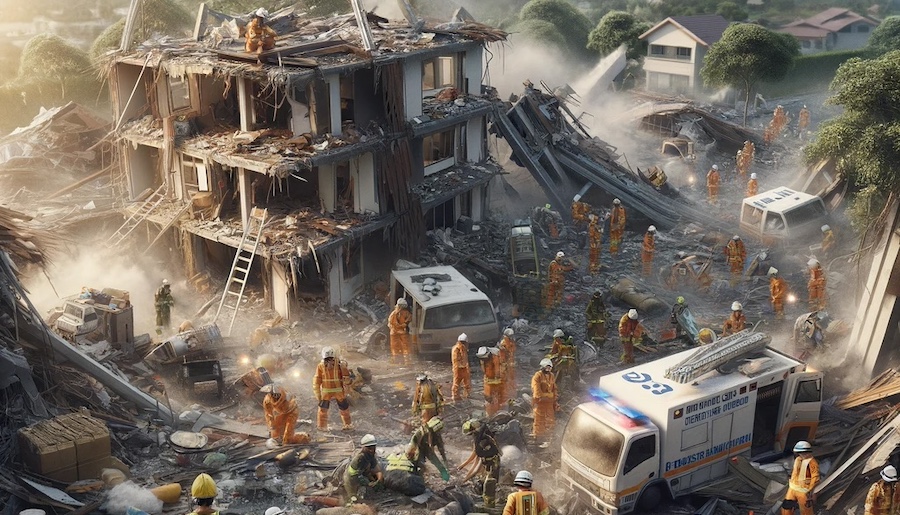AI in Emergency Response: Improving Situational Awareness and Decision-Making

Emergency response strategies are crucial for mitigating the impacts of disasters and ensuring public safety. In recent years, AI-driven video analytics has emerged as a transformative tool in this domain. This technology provides enhanced situational awareness, rapid response capabilities, and data-driven insights, making it an invaluable asset in emergency situations. This blog post explores how integrating AI video analytics can revolutionize emergency response strategies.
The Rise of AI in Emergency Response
Historically, emergency response has been a challenging task, often relying on human judgment and traditional methods. However, the advent of AI technology has introduced new possibilities. AI-driven systems can analyze vast amounts of data in real-time, predict potential hazards, and assist in decision-making during critical situations. This evolution signifies a significant shift towards more efficient and effective emergency management.
Key Features of AI-Driven Video Analytics
AI video analytics offers several key features that are pivotal in emergency situations:
- Real-Time Monitoring: Provides continuous surveillance, enabling prompt identification of emergencies.
- Automated Detection: Utilizes advanced algorithms to detect potential hazards and emergencies quickly.
- Data-Driven Decision Making: Supports responders with actionable insights, enhancing the efficiency of emergency responses.
Case Studies and Applications
Various industries have successfully implemented AI video analytics in emergency scenarios. For instance, in industrial settings, this technology has been instrumental in detecting accidents and ensuring worker safety. Similarly, in natural disaster management, AI video analytics aids in monitoring environmental conditions and alerting authorities about potential risks.
Integration with Existing Emergency Protocols
Incorporating AI video analytics into existing emergency protocols is essential for maximizing its effectiveness. This integration involves aligning AI capabilities with current safety plans and ensuring that staff are adequately trained to utilize this technology. Such integration can enhance the existing protocols by providing more accurate and timely information, leading to better-prepared and more effective emergency responses.
Future of Emergency Management with AI
While AI video analytics presents significant benefits in emergency response, there are challenges to consider. These include ensuring the accuracy and reliability of AI systems, addressing privacy and ethical concerns, and managing the learning curve associated with new technologies. Ensuring the responsible and effective use of AI in emergency situations is crucial for gaining public trust and achieving the desired safety outcomes.
The future of emergency management with AI is promising. Advances in AI and machine learning are expected to continually improve the capabilities of video analytics, making emergency responses more efficient and effective. The potential for AI to transform emergency management is vast, offering new possibilities for enhancing safety and reducing the impact of emergencies.
Integrating AI-driven video analytics into emergency response strategies provides significant advantages in terms of enhanced safety, efficiency, and data-driven decision-making. As AI technology continues to evolve, its role in emergency management is set to become even more vital. Adopting AI video analytics is an important step for organizations looking to enhance their emergency response capabilities and ensure the safety and well-being of their communities.